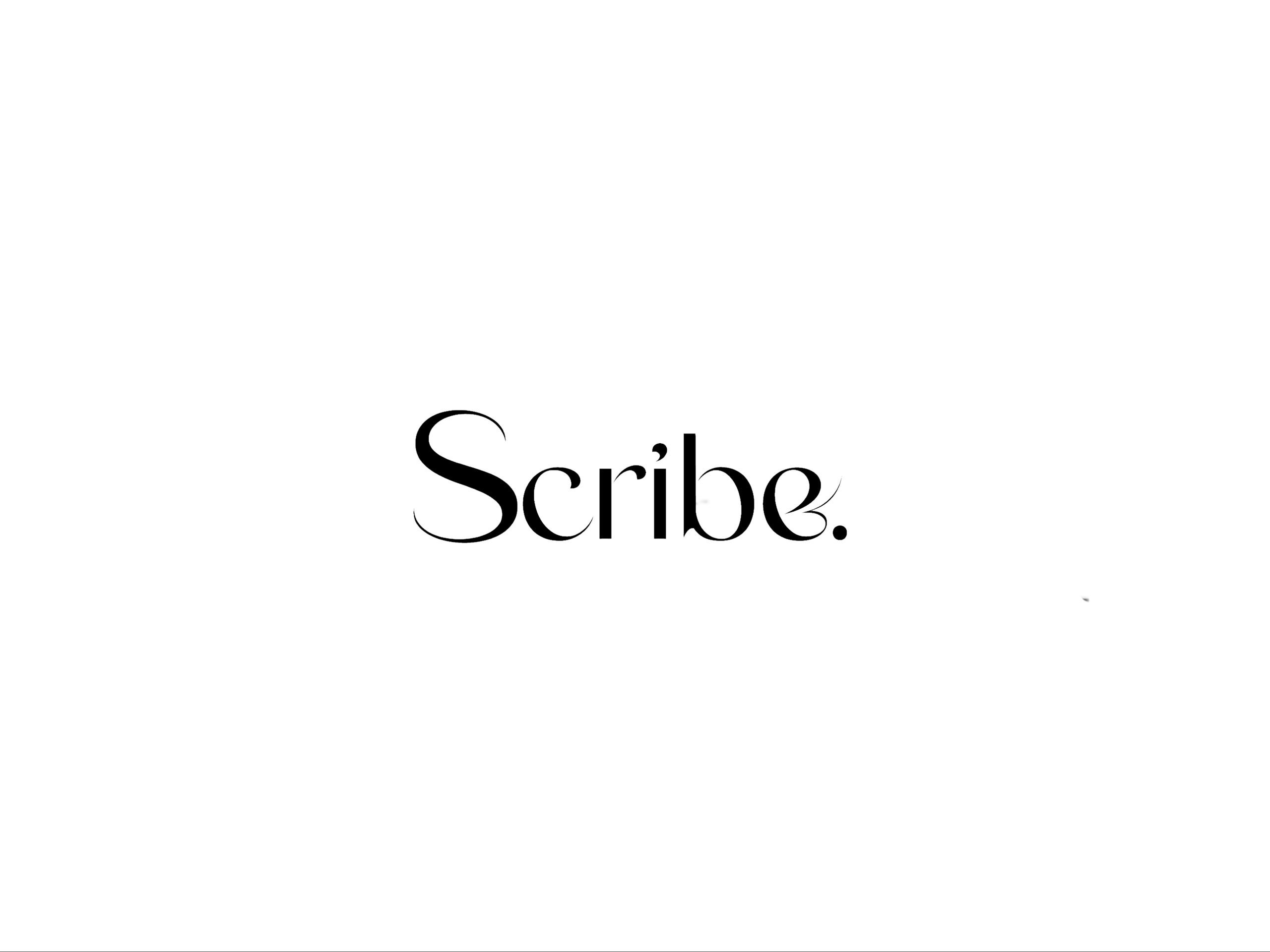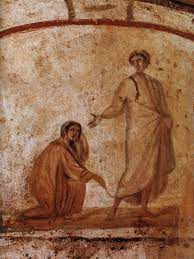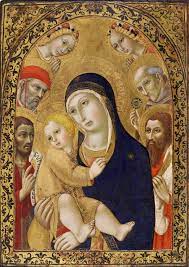Scribe Series: Medieval Art
- Scribe

- Jan 14, 2022
- 1 min read
The medieval period of art history began at the time of the fall of the Roman Empire in 300 CE and continued until the beginning of the Renaissance in 1400 CE. There were three major periods of medieval art: Early Christian, Romanesque, and Gothic.
Early Christian Romanesque Gothic
In the Early Christian age, the Catholic Church was gaining power. By 350 CE, the Church had two main centers of power: Rome and Constantinople. Medieval art was popular in houses of worship and was used as decoration for the public’s appreciation. Roman mosaics made up a majority of the artwork during this time.

Wealth began to spread throughout Europe at the beginning of the eleventh century, so did churches and affluent families, sparking an interest in Romanesque architecture. Semi-circular arches, heavy stone walls, and stable construction in monasteries and churches marked the growth of the European city.

Finally, Gothic style was developed as a result of the French monarchy. Menacing gargoyles and flying buttresses were commonplace throughout a Gothic cathedral. The most notable monument of this style is Notre Dame in Paris.

Throughout the three eras of medieval art, evolution of the human form can be seen through such elements as the Madonna and Child from having abnormally large heads on small bodies in the era of Early Christianity, to more natural countenances in the Gothic era. As time progressed, artists became bolder in their representation of religious figures.












Comments